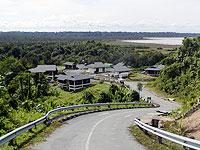Loagan Bunut National Park
...
370630
How To Get There:Loagan Bunut is approximately 120km or 3 hours by road from Miri, with half the journey along gravel roads. A number of travel agents in Miri operate tours to the park.











